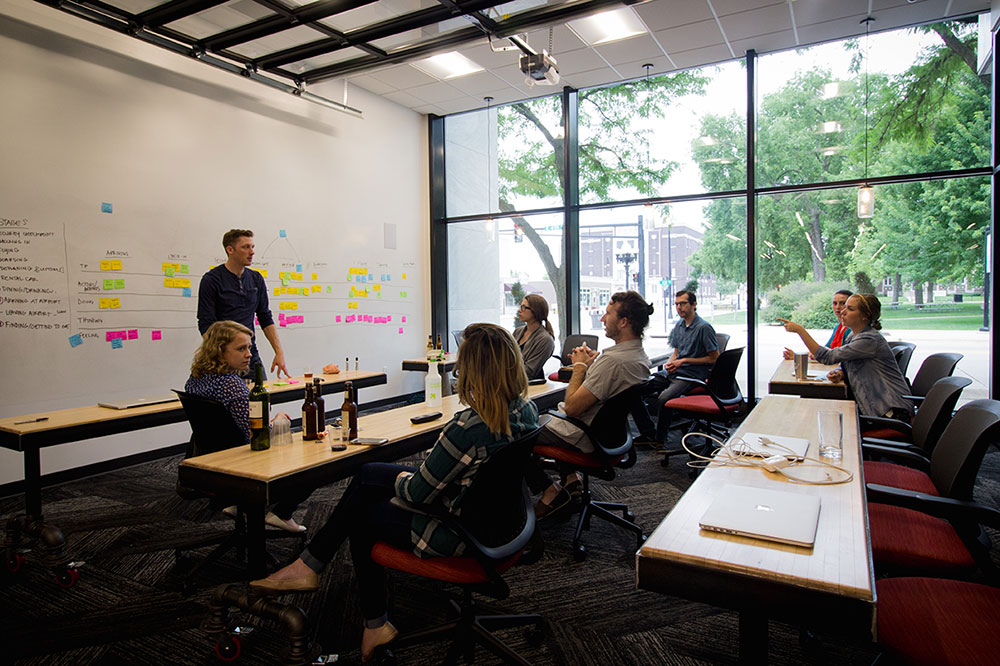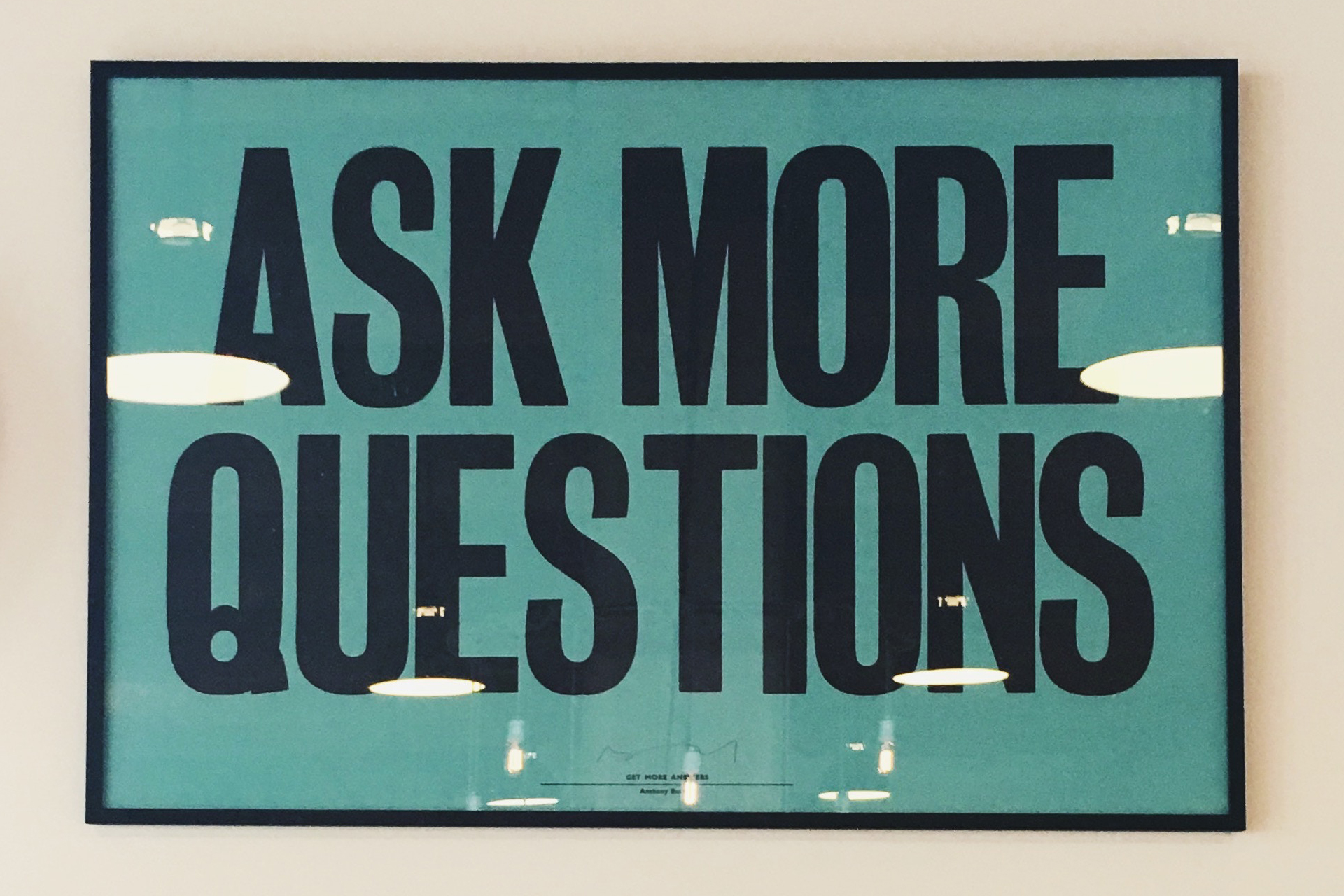How does a UX firm work?
3 min read
There are a lot of different pieces that make a finely engineered, custom-designed, german-imported vehicle drive smoothly down the road. It takes hundreds of parts just to build a car’s engine alone. And without one piston firing, or spark plug sparking, the driving force will stop. There are a lot of moving parts under the hood that all work together to create a functioning product.
The same idea drives true with the internal structure of many companies, too. It’s no different for user experience firms. Depending on the size of the firm, there are different structures and workflows. In general, there are several roles necessary to keep the UX motor running smoothly. Each role works within one of these five areas:
- Research
- Strategy
- Design
- Prototype Development
- Usability Testing
Each of these five areas highlights an area of the UX process. Within each area, different tasks must be completed to move a project down the UX pipeline. Depending on the company you work with there will be slightly different titles for each role, but in general, you will find specialists in research, strategy, engineering, user testing, design and directors or leaders for each position to keep everything on track.
UX Designers: One major role, you guessed it, is the UX designer. These are the individuals who are working closely with UX principals, researchers, design engineers and usability testing teams. These brainiacs create end-to-end solutions that meet the business needs while advocating for end users. Often times they come from a strong design background, and are passionate about solving problems and thinking creatively.
UX Developers: Another big part of the UX firm puzzle is the developer. These code-masters collaborate closely with the designers and clients to bring a development perspective into the design process.
Researchers and Usability Analysts: Extensive research and analysis is what makes informed design decisions. It’s a lot more than just looking at numbers and hosting focus groups. That’s part of it, sure, but they bring the design team tons of information to help them make data-based decisions. Analysts help clients and the design teams to determine what needs to be tested, writes plans, facilitates the tests and writes summary reports.
Strategists: Every UX plan needs to be driven by strategy. Strategists work to create objectives with tactical plans for the UX team. They also ensure that goals are being met, all while keeping the big picture in mind.
Business Managers: Like many companies, it’s necessary to have a business strategist. They keep a pulse on how the business is doing by tracking the finances, handling the accounting and providing reports to clients and internal teams.
Since UX firms vary in size, they all have different structures. But with every UX firm, it is clear that there are several moving parts that work together. Bringing designers, researchers, developers and strategists all under one hood creates a problem solving engine that omits solutions for clients.
At Visual Logic, we prefer a highly collaborative environment. Brainstorming sessions where we throw wireframes and mental models onto the whiteboards and discuss different solutions are often where breakthroughs occur. By building a team of employees who each have different areas of expertise and bring something to the table, we are able to create usability solutions for clients, and products that users love.





